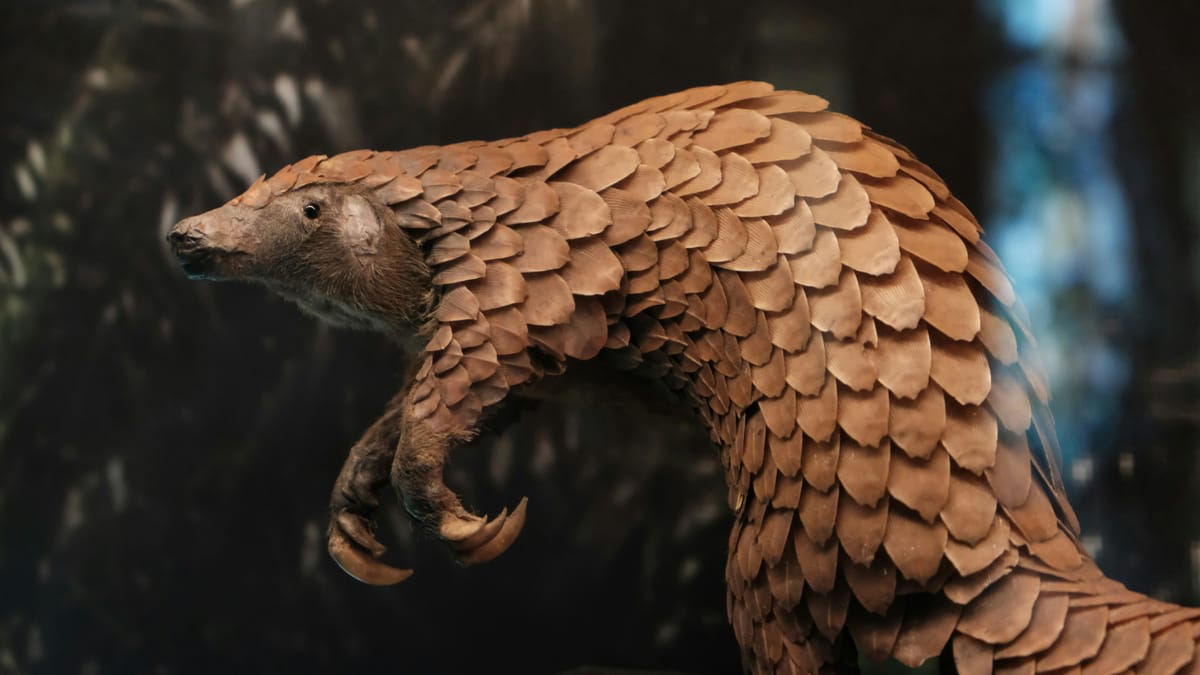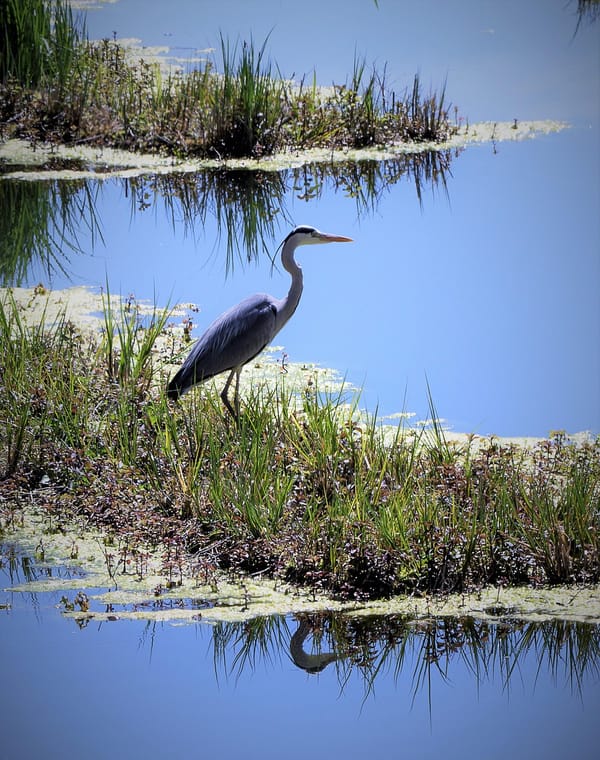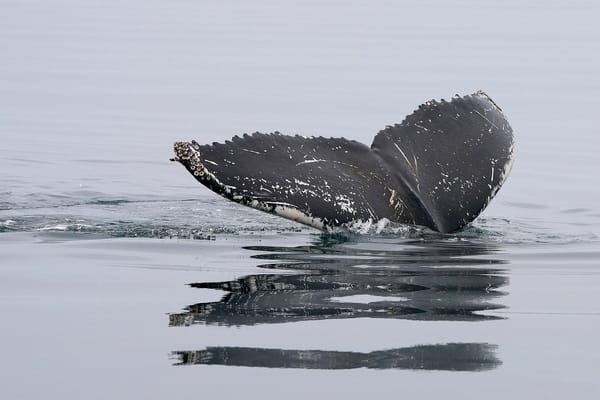Beyond the Scales

You’ve probably never seen a pangolin in the wild and if we don’t act fast, you might never get the chance. These shy, scale-covered insect munchers are nature’s little tanks, equipped with armor, powerful claws, and a tongue longer than their own body. But despite their built-in defenses, they’re losing the fight against poaching and illegal trafficking. It’s time to shine a spotlight on the world’s most trafficked mammal before it’s too late.
Despite looking like a cross between an anteater and a pinecone, pangolins are mammals, not reptiles! They’re the only mammals completely covered in scales, and those scales are made of keratin, just like your fingernails. If threatened, they curl up into a tight, armored ball, a move that works wonders against predators but makes them sitting ducks for poachers.
There are eight pangolin species: four in Africa, four in Asia. A fun little difference? Asian pangolins have hair between their scales, while African pangolins prefer to keep things sleek and smooth.
Pangolins are basically nature’s pest control. They devour ants, termites, and larvae with their long, sticky tongues, tongues so long they’re actually longer than their bodies! These guys don’t have teeth, so they rely on small stones in their stomachs to grind down their food (nature’s version of a food processor). One pangolin can eat a whopping 70 million insects a year, keeping ecosystems in check.
Why are Pangolins in trouble?
Short answer: humans. Pangolins are poached for their scales, which are wrongly believed to have medicinal properties (spoiler: they don’t). Their meat is also considered a delicacy in parts of Asia, and illegal trafficking is rampant. It’s estimated that one pangolin is taken from the wild every three minutes. Let that sink in.
More than a million pangolins have been stolen from their habitats since 2000. Some species have seen population declines of up to 80% in the last two decades, with another 80% drop predicted in the next twenty years if things don’t change.
Actually, yes! In 2016, an international treaty banned the legal trade of pangolins, and in 2020, China granted the Chinese pangolin its highest level of protection. Pangolin scales were also removed from traditional medicine lists finally, some progress! Conservationists are working hard to protect these quirky creatures, but the illegal trade still looms large.

Pangolins aren’t just fascinating because of their scales they’re incredible all around! Some species live in trees, hanging from branches with their powerful tails. Others dig burrows up to 40 meters deep. Baby pangolins? They hitch a ride on their mom’s tail, adorable!
They’re also surprisingly good swimmers and can close their ears and nostrils to keep out insects while they feast. And that waddle? Pure comedy gold.
Spread the word! Most people don’t even know pangolins exist, let alone that they’re critically endangered. Support organizations working to protect them, and if you ever see pangolin products for sale report it. Every little effort helps in the fight to save these incredible creatures from extinction.
Pangolins have been around for millions of years, but unless we step up, they might not be around much longer. Let’s make sure future generations get to enjoy these weird, wonderful, and wildly misunderstood mammals!
Every year, on the third Saturday of February, the world celebrates World Pangolin Day, a reminder to raise awareness and protect these incredible creatures. Mark your calendars and take a moment to appreciate the Pangolin because they need all the attention they can get!
Citations:
WWF. (2020). Pangolin | Species | WWF. World Wildlife Fund; WWF. https://www.worldwildlife.org/species/pangolin
What you should know about pangolins. (n.d.). IFAW. https://www.ifaw.org/international/animals/pangolins
Pangolins: one of the world’s least known and most hunted animals. (2024, February 14). Fauna & Flora. https://www.fauna-flora.org/explained/pangolins-one-of-the-worlds-least-known-and-most-hunted-animals/
ZSL. (2024). Pangolins | ZSL. Www.zsl.org. https://www.zsl.org/what-we-do/species/pangolins




